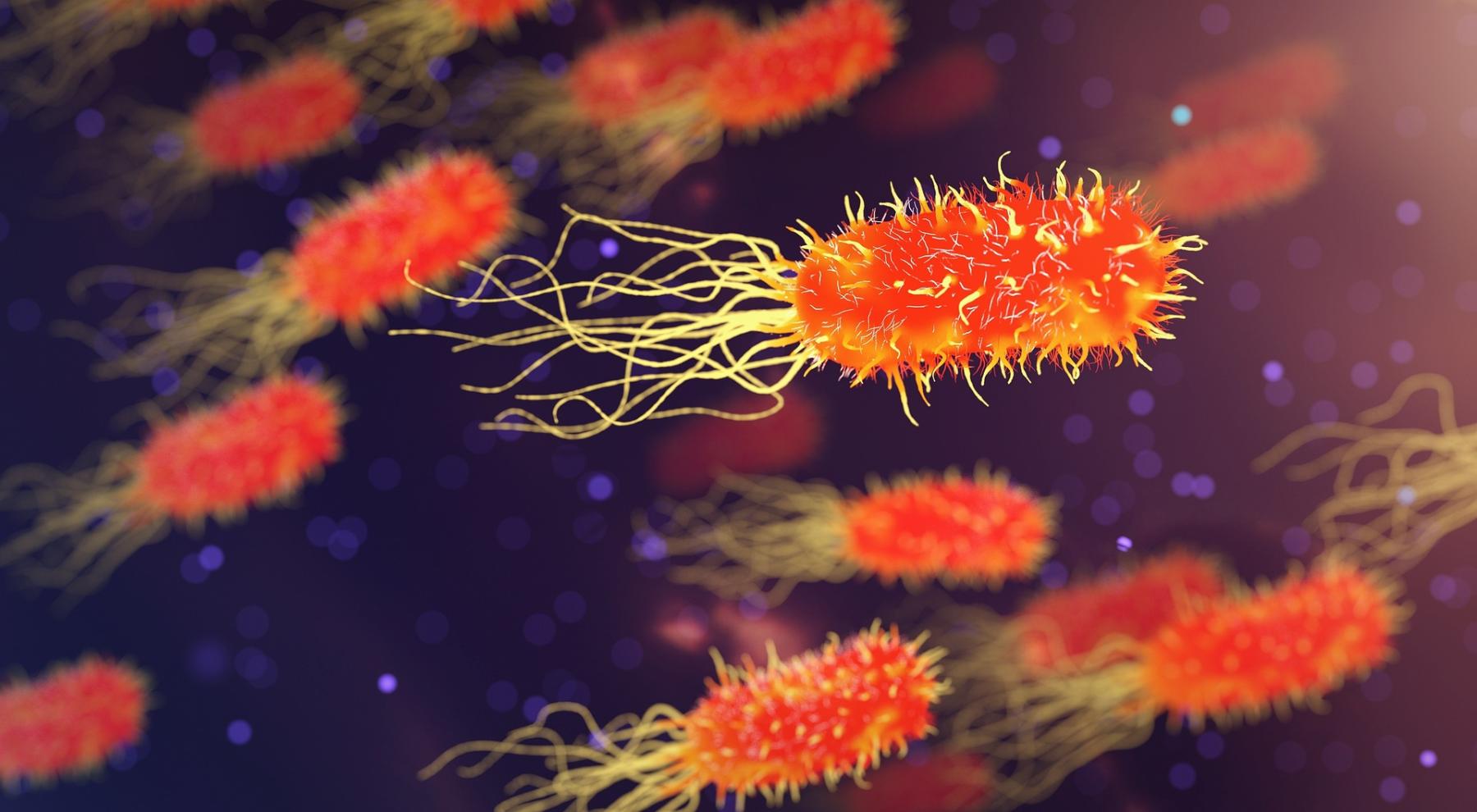
Screening for Antibiotic Production
by Cynthia Bujanda
This lesson is part of a project to isolate bacteria from soil and test it for antibiotic activity. This lesson must follow Microbial Serial Dilutions. You can also use this lesson to screen for antibiotic production of any bacteria species sampled from anywhere you wish, however here we focus on soil bacteria that have been selected from a serial diluted plate. This project is a real research experience for students and can be modified so students ask their own questions. This lesson is based on the Tiny Earth project. It takes a total of 4 days with one of them being a block period.
Lesson Plan Link/URL
https://docs.google.com/presentation/d/1OMA3Y6vek14Nma8THU11xsPTyw3D7dKS/edit?u…Subject Area
Science Life Science L1: Cells Engineering S4: Apply Science to Engineering Mathematics Measurement and Data (MD)
Featured
Off
Related Content

Grades:
8th Grade, 9th Grade, 10th Grade, 11th Grade, 12th Grade
A lesson that dives into the fusion of Art and Chemistry. Students will make their own pigments using common plants by using an acid-base reaction. They will test the effects of different solvents in

Grades:
9th Grade, 10th Grade, 11th Grade, 12th Grade
This STEM Argumentative Research Project engages students in exploring the scientific, ethical, and societal implications of themes in Mary Shelley's "Frankenstein." Students will work in groups to

Grades:
9th Grade, 10th Grade, 11th Grade, 12th Grade
This is a 6-week lesson plan for high school students designed to measure and then increase the bat population in the field behind our school. This can be used in any area where bats populate, as long

